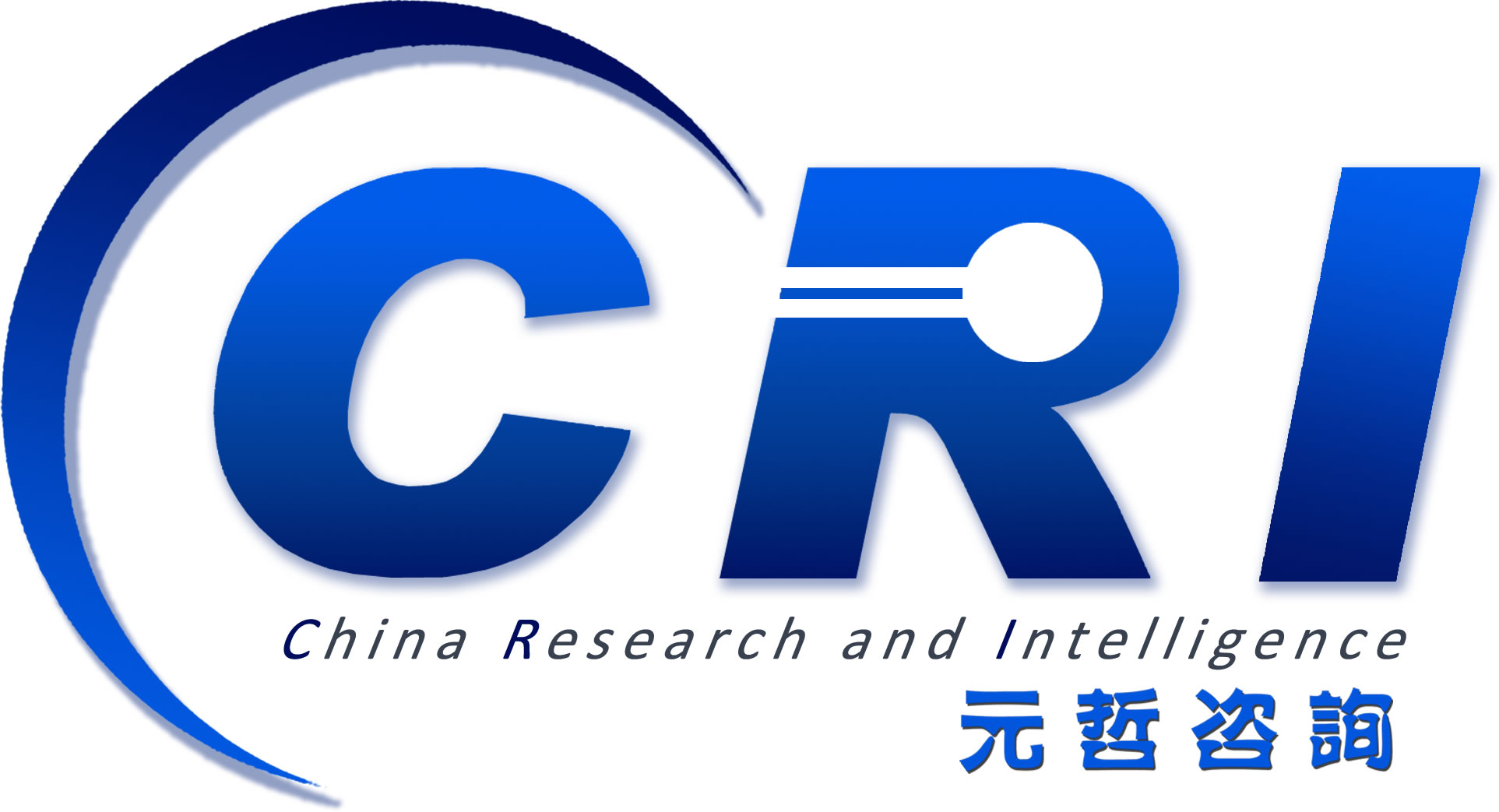LiDAR Software Market Overview
The global LiDAR software market is estimated to reach $1,940.2 million in 2031, reveals the premium market intelligence study. The study also highlights that the market is set to witness a CAGR of 21.53% during the forecast period 2022-2031.
Proliferating adoption of LiDAR for corridor mapping, construction and smart infrastructure, rising demand for autonomous vehicles and advanced driver assistance systems (ADAS), and increasing use of LiDAR for environmental applications will prosper the growth of the LiDAR software market in the near future.
USP of the Report
• Extensive coverage of 20 key players (including five start-ups) operating in the global LiDAR software market.
• Market ranking analysis based on product portfolio, recent developments, and regional spread.
• Demand analysis of various segmentations, such as by applications, by technology type, by product type, and by deployment are included in the research study.
• Demand analysis of various key regions such as North America, Europe, the U.K., China, Asia-Pacific and Japan, and Rest-of-the-World are included in the research study.
Analyst Perspective
According to Dhrubajyoti, Lead Analyst of the report, “The LiDAR software market is likely to grow multi-fold in the coming years during the forecast period, owing to the rapidly growing adoption of LiDAR software solutions across automotive and smart infrastructure applications. With the advancement in LiDAR technologies, hardware, and software, LiDAR solutions are becoming more cost-effective and high-performing solutions. The LiDAR software solution providers are focused on developing LiDAR solutions that align with the changing demand patterns across various end-use verticals for LiDAR software solutions. In terms of market rivalry/competition, LiDAR software is highly fragmented; however, the market is expected to reach higher consolidation levels over the coming years, with companies getting involved in merger and acquisition activities. The established LiDAR software solution providers are expected to face stiff competition from established and emerging LiDAR software solution providers that are entering the LiDAR industry.”
Key Companies Operating in The Market
The key players in the LiDAR software market analyzed and profiled in the study include LiDAR software solution providers that develop, maintain, and market LiDAR software solutions. Moreover, a detailed competitive benchmarking of the players operating in the LiDAR software market has been done to help the reader to understand the ways in which players stack against each other, presenting a clear market landscape. Additionally, comprehensive competitive strategies such as partnerships, agreements, and collaborations will aid the reader in understanding the untapped revenue pockets in the market.
The key players profiled in the report include Phoenix LiDAR Systems, Terrasolid, GreenValley International, Geo-Plus, GeoCue, Routescene, YellowScan, LeddarTech Inc., Blickfeld GmbH, Velodyne LiDAR, Inc., Shanghai Huace Navigation Technology Ltd. (CHC Navigation), Leica Geosystems AG – Part of Hexagon AB, Quanergy Systems, Inc., Innoviz Technologies Ltd, Teledyne Geospatial, Seoul Robotics, Neuvition, Inc., MatrixSpace, Aeva Inc., and Outsight SA.
Key Questions Answered in the Report/h3>
• What are the driving factors for the global LiDAR software market from 2022 to 2031?
• What are the major challenges and growth opportunities in the market?
• Who are the major players, and what strategic measures are being taken to increase its presence and market share? What are the key developmental strategies adopted by the key players to sustain in the competitive market?
• Which product type will lead the global LiDAR software market by 2031?
• Which application is likely to dominate the global LiDAR software market in the coming years?
• What are some of the business cases related to the use of LiDAR systems for a particular industry?
• Which region is likely to witness the fastest growth in the global LiDAR software market during the study timeframe?
